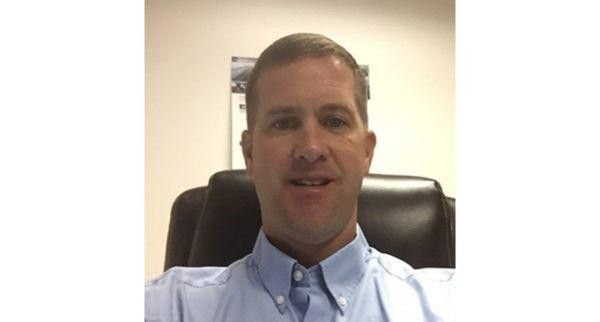Hurdles abound for auto parts dealers, especially in an age where change is so prevalent across the industry. One challenge these vendors face is leveling with themselves about the amount of profit they’re generating. That number can be tough to determine and tough to internalize.
Recognizing and sorting obsolete parts, accounting for personnel, equipment, technology and facility expenses: these factors all stack up against profit once a part goes out the door.
“Everything is falling into a market that is a low gross market to begin with,” explained Cochran Automotive Group Wholesale Parts Director Justin Kendrick. “So, the pressure that wholesalers feel is you have all this weight coming down, but the margins never change. You're always getting squeezed for more and more margins.”
Measuring Profitability
So, how are parts wholesalers measuring profitability?
 Justin Kendrick.
Justin Kendrick.
Cochran Automotive Group, based in Monroeville, PA, includes 33 dealerships, 11 body shops and a wholesale parts center. About seven years ago, the group centralized its wholesale parts operations into a single facility, which now measures 90,000 square feet. The company stocks 13 brands and services nearly 600 body shops across Western Pennsylvania and Northeast Ohio.
“A lot of wholesale dealers are only focused on selling parts. They're not looking at their net profit,” Kendrick said. “It's getting mixed in with repair order service, and it's just showing one number rather than separating your wholesale number out to say, ‘Is this a profitable business for us?’ And nine times out of 10, when we talk to dealers, it's not profitable for them.”
There are a few key factors in making that determination.
One, Kendrick said, is scaling. Although dealing in fewer brands is easier, Kendrick asserted, it’s also limiting. Volume and a wider market -- one that reaches beyond local -- are important in scaling up, he said. It also helps to work with parts brands that offer incentives or matching money, he said.
Taking obsolescence into account is also essential. Having parts 12 months old or older sitting on shop shelves just means “idle capital” is taking up space, Kendrick said.
 Dirk Harper.
Dirk Harper.
“Most people don't look at their obsolescence,” explained Dirk Harper, Cochrane’s fixed operations director. “What are the odds that you might sell the exact same parts on a 2018 F-150 in the next two months, three months? You can't return it to the factory, so now what are you going do with those hoods and fenders that you don't sell again?”
And it’s essential to be realistic about gross numbers versus actual net. Initial numbers, Harper said, might look high, but expenses like drivers, transport vehicles, gas and vehicle maintenance cut into those amounts sharply.
Hard Questions and Evaluations
Problems crop up when vendors don’t keep track of the guidelines above and try to exit built-up situations without a plan. Obsolete parts, for example, Kendrick said, might sell for pennies on the dollar, cutting into overall margins even more.
It’s a mistake, Kendrick said, to allow parts sales to be lumped in with other revenue streams like services and repair orders.
“It (parts sales) needs to be separated, and they need to realize wholesale and service need to be two things, and they need to be measured differently,” he said.
And hard questions, he said, need to be part of the regular evaluation process.
He encouraged parts dealers to ask questions like, “What is it costing us to do this? Is it profitable? If it's not profitable, what is our way to get out of it?”
Those questions are becoming more and more pertinent as waves of change, such as the increased prominence of electric vehicle manufacturing, hit the industry. As manufacturers change incentive programs for selling parts, sellers -- especially single point dealers -- can feel the hit acutely, Kendrick said.
“Ultimately, as a single point dealer or even a larger dealer, if they're just racing to the bottom to chase the back-end money, if that program changes, they're going to be hurting, and they're going to be in the negative,” he said. “(If) the manufacturer changes that program, what happens now? You're stuck with all this inventory. You're bleeding out money. It's a dangerous game that a lot of dealers are playing, and a lot of them aren't watching what's actually happening.”
Moving forward, it’s important for parts dealers to turn their attention to what generates revenue, and those hard looks might mean tough decisions.
“I think, as dealers, you’ve got to really start thinking about what generates you revenue and what costs you capital,” Harper said. “I think you're going to see more and more dealers … just really analyzing expenses and looking into the depths of inventory, whether it's new car inventory, used car inventory or, in this case, parts inventory, because those are what you own.”













Elizabeth Crumbly